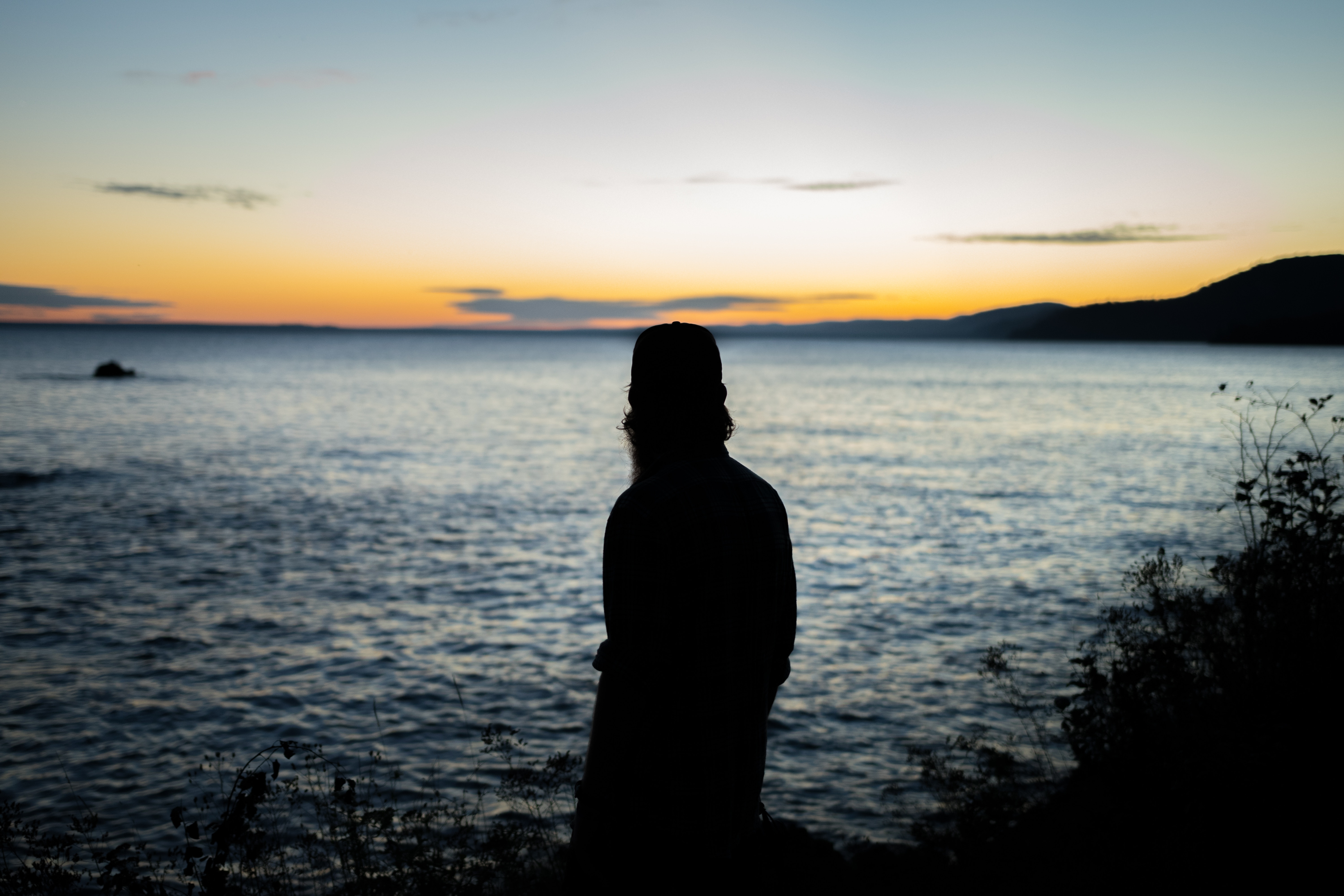Camera phones are getting better and better, but sometimes you just can’t beat the flexibility, quality, and appearance of shots taken by a traditional digital camera. Get great shots regardless of the weather and location. Mix it up and don’t be afraid to take risks.
Rain shouldn’t stop you.
Use a cover to shield your camera and lens from the rain. There are professional accessory options, but a shower cap or an umbrella (maybe held by a helper) will do. If your camera gets wet, don’t put it in a bag of rice. Do not open the camera right away. Dry it off with a clean cloth and let it air dry. Then, to make sure there is no moisture left, put your camera in a food storage bag with silica gel packets (which often come in shipped packages or you can order online), seal it, and leave it for up to two weeks.
Bring a tripod.
Tripods come in all sizes these days. Many of them are collapsible and easily portable, making a tripod an essential item in your day pack. Tripods provide a steady base on which to rest your digital camera (there are even smartphone tripods). This frees up your hands so that you can get in the picture, too, without it being a selfie or asking a stranger to take a shot. It also allows you to get people and pets into position or to act as a distraction without having to pull double time holding a camera. To make life even easier, use the timer function or purchase a remote release device to control when the shutter fires. Some of these devices are hardwired and others are Bluetooth.
 Change your angle.
Change your angle.
Shooting photos straight on from your level can work sometimes, but you may want to change up the perception and angle to add more diversity to your photographs. This is especially the case with nature photography or when you’re photographing children or dogs. Get down at their level or shoot up from the ground. This will add interest to your photographs. You can also shoot from above, such as from the top of a picnic table or higher up on the trail. Another position you can take is getting closer to your subject, whether it’s a flower or a person. Don’t just use the zoom function, get physically closer to capture the details.
Go off center.
There’s a term in photography called the “rule of thirds.” Imagine breaking your photo into a grid, with two lines running vertically and two running horizontally. Where your subject is on that grid impacts the overall composition. A dog running, for instance. It could look like it’s running toward something or away and off the “story” of the photo. It’s also very useful in landscape photography. Don’t put your primary object dead-center. Set it off to one side to add intrigue and composition as well as reduce the amount of dead space around the main focus of your image.
Be aware of backgrounds.
If you’re taking pictures of people or a building, take a look at what’s happening behind the primary attraction. Avoid messy areas or people (or pets) doing questionable things. Take a look at what you’ll be shooting as a whole. Check your friend’s and family’s overall appearance to make sure they look their best and give a friendly reminder. Of course, the best photos are often taken spontaneously, so don’t get hung up on getting the perfect background. Just be aware that you may get something other than what you were imagining, or more than you asked for.
Don’t be afraid of silhouettes.
There’s something nostalgic about seeing a shadow against a backdrop of orange and pink. Thirty minutes after sunrise and before sunset are the golden times to capture a silhouette. Position people so that the sun is blocked and then snap some shots from various angles.
Smartphones are now-essential gadget goes everywhere with us and is so convenient that it’s often easier to take it along instead of bringing your digital camera. The resolution and quality continue to improve. Many of them come with options to zoom, use a grid, and adjust brightness. Use these features to your advantage to make for a photo worth printing out and putting on the wall. There are also lens accessories that are made specifically for smartphones, such as fish eye and wide lenses.
Enjoy!

